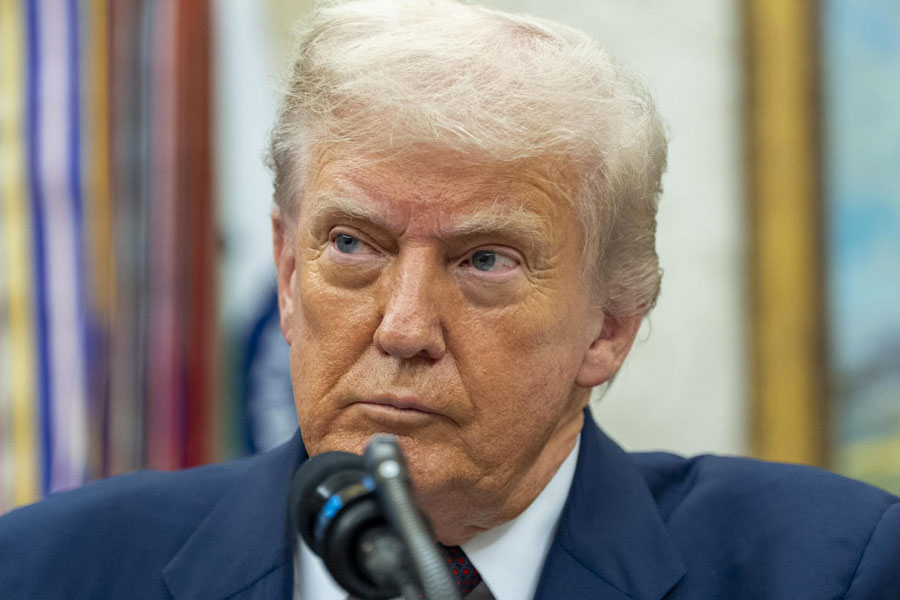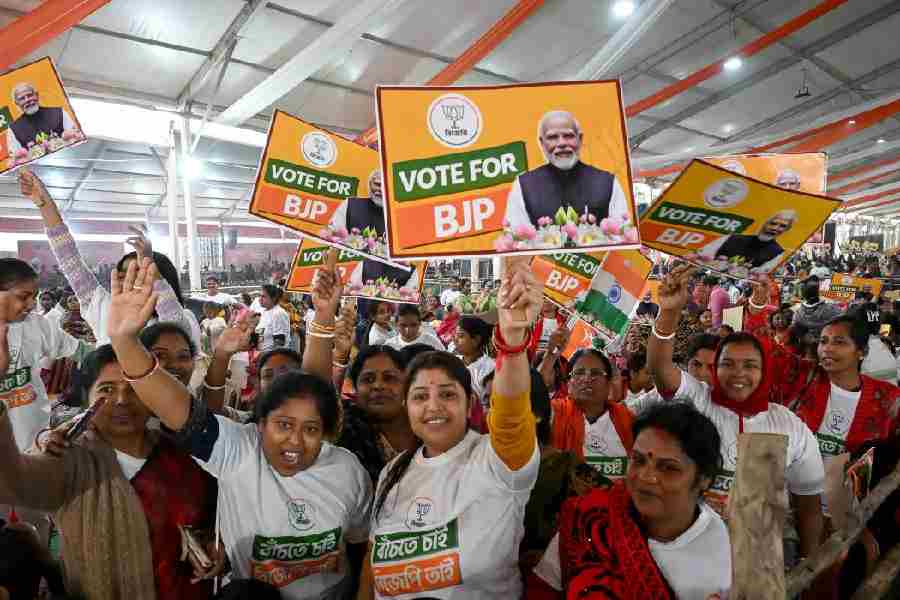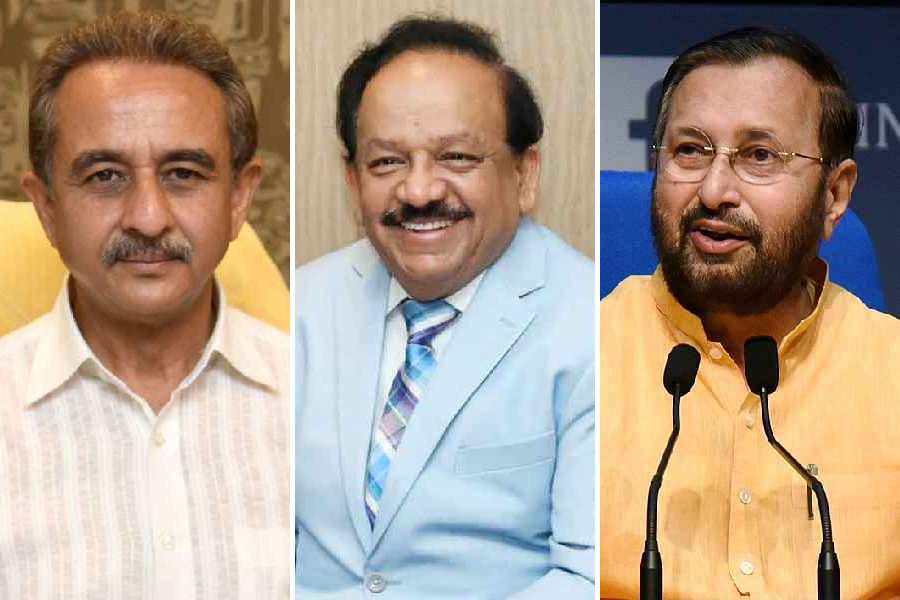US President Donald Trump’s plans to impose “approximately 100 per cent” tariff on semiconductor imports come with a loophole. The exemption he is offering to companies that are “building in the United States” covers almost all the big names in the tech world. It will split the industry into haves and have-nots in terms of access to funds.
Taiwan Semiconductor Manufacturing Company (TSMC), which is the world’s biggest chip supplier, for example, announced in March that it would increase US investment in advanced semiconductor manufacturing by $100 billion. It builds on the company’s ongoing $65 billion investment in its advanced semiconductor manufacturing operations in Phoenix.
“We’ll be putting a tariff of approximately 100 per cent on chips and semiconductors, but if you are building in the United States of America there’s no charge,” Trump told reporters when he met Apple CEO Tim Cook at the Oval Office on Wednesday.
There is a lack of clarity on how the Trump administration plans to go about applying tariffs. "The idea of the US imposing broad tariffs on semiconductor imports is a policy with more bark than bite, as it fundamentally misunderstands the global electronics supply chain.
While TSMC dominates the global pure-play foundry market with 67 per cent share of chips produced, with the majority of the world’s chips being manufactured in Taiwan, these components are not typically imported into the US as standalone items. So, the 100 per cent tariffs on semiconductors bound for the US are a bit fuzzy and might affect a few players who are dependent on the manufacturing and packaging supply chain in Asia and are shipping them to some small factories in the US,” Neil Shah, research vice-president, Counterpoint Research, told The Telegraph.
He said the vast majority of advanced chips were integrated into finished products — such as smartphones, servers and automotive components — which are then assembled in Asia before being shipped globally.
“Any tariff would, therefore, be levied on these finished goods, not on the chips themselves, and its impact would depend heavily on the country of origin. This makes the policy less about directly targeting semiconductor imports and more a blunt instrument designed to pressure companies into establishing a manufacturing presence in the US,” said Shah.
TSMC is the world’s largest contract maker of chips. Though Apple designs its own chips, the company relies on companies like TSMC to actually make them. “TSMC is exempted from the chip tariffs because it has set up plants in the US,” Liu Chin-ching, minister in charge of the national development council, said in Taipei on Thursday.
The trillion-dollar company manufactures some of the most advanced chips used in artificial intelligence and it accounts for almost 40 per cent of the weight of Taiwan’s benchmark stock index.
Nvidia chief executive Jensen Huang also met Trump at the White House on Wednesday, weeks after the US government had approved sales of its China-specific AI chip known as the H20. The leader of the world’s most valuable public company — the first to reach a $4 trillion valuation — won Trump with his words during a podcast recorded last month with the Special Competitive Studies Project: “The American tech stack should be the global standard, just as the American dollar is the standard by which every country builds on.”
About a week ago, Samsung agreed to a $16.5 billion deal to manufacture artificial intelligence chips for Tesla at a new plant in Texas. Apple said on Wednesday that it would use chips produced by Samsung Electronics at the latter’s Texas facility for its products, including iPhones.
Although Apple and Samsung did not specify the technology to be deployed, Financial Times reports that the South Korean chipmaker would make a three-layer stacked image sensor (used in smartphone cameras to capture images) for Apple’s iPhone 18, expected to be released next year.
Demand for computer chips has been on the rise globally, with sales increasing 19.6 per cent in the year ended in June, according to the World Semiconductor Trade Statistics organisation.
Shah said the Trump administration’s approach was “an impractical attempt to force an ‘overnight’ industrial transformation”. Building a complete semiconductor ecosystem, from wafer fabrication plants to the thousands of specialised suppliers that form a robust supply chain, is “a monumental task that cannot be accomplished in the short or even medium term. It is a decades-long endeavour”.
He said: “A more effective strategy, as exemplified by India since 2015, involves a phased, long-term policy framework. India’s approach, which includes a range of production-linked incentives and targeted investments, has been a work in progress for years. This incremental method is the only realistic way to build a resilient and self-sufficient semiconductor industry — a path that stands in sharp contrast to a shock-and-awe tariff policy. So carrot would work better than stick.”
For companies without access to top dollars, the loophole may hurt. The president of the Philippine semiconductor industry, Dan Lachica, said the plans would be “devastating” for his country. Malaysian trade minister Tengku Zafrul Aziz told Parliament his country “will risk losing a major market in the United States if its products become less competitive”.










